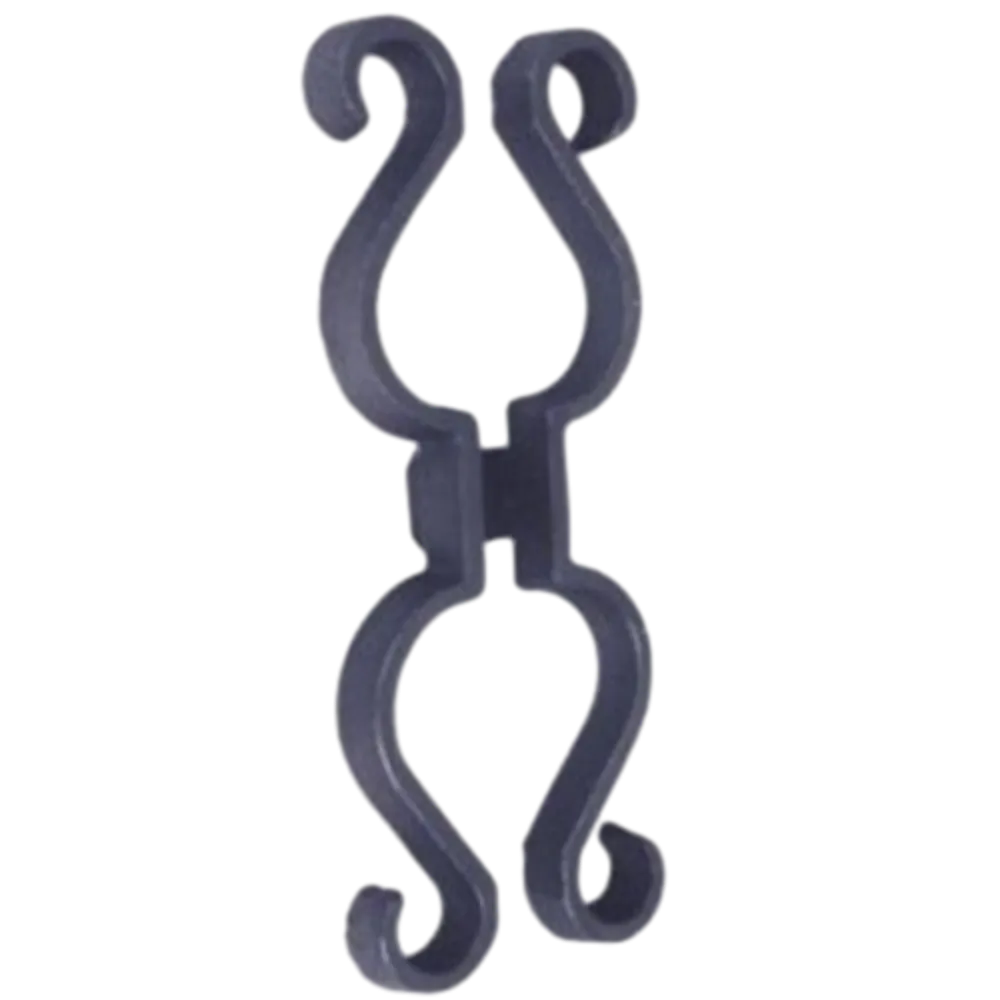Ornamental Cast Iron Panels - Durable, Custom, Decorative
A Field Guide to Ornamental Cast Iron Panels for Modern Architecture
Cast iron is having a moment again. Architects rediscover it for facades, gates, and balustrades, partly because it ages with dignity and partly because pattern freedom is, well, addictive. From Shijiazhuang, Hebei—an old-school foundry hub in China—comes the “Cast Iron Panel,” a modular piece for railings, fences, and restoration work. To be honest, you can feel the industrial lineage: steady metallurgy, repeatable molds, and coatings that actually hold up near the coast.

What’s Trending (and why it matters)
Three currents shape demand right now: heritage restorations, breezy parametric patterns (CNC-cut patterns feed into sand molds), and resilience-first specs—galvanizing plus powder coat, not either/or. Many customers say they’re done with repainting every two years; it seems that 10–15 year coating cycles are the new benchmark.
Quick Specs for the Cast Iron Panel
| Material options | Gray iron (ASTM A48 Class 35) or Ductile iron (ASTM A536 65-45-12) |
| Typical size | ≈ 300–800 mm height; thickness ≈ 6–10 mm (custom on request) |
| Weight | ≈ 4–12 kg/panel, real-world use may vary with design density |
| Finish | Hot-dip galvanizing (ISO 1461) + powder coat (RAL palette); or primer + topcoat |
| Tolerances | ISO 8062-3 CT10–CT12 typical for sand castings |
| Corrosion tests | Salt spray (ASTM B117) ≥ 500 h after zinc + polyester powder; adhesion ASTM D3359 4B–5B |
| Service life | ≈ 20–30 years with proper coating maintenance, climate dependent |
| Origin | Shijiazhuang, Hebei Province, China |
Process flow (how it’s actually made)
Materials: pig iron + clean scrap, alloy trims; Methods: pattern design (CAD), sand molding, melt in induction furnace, pour, shakeout, shot-blast, fettle, optional machining, galvanize (ISO 1461), powder coat; Testing: spectrometer chemistry, Brinell hardness (ISO 6506), microstructure (ISO 945), dimensional checks per ISO 8062-3; Final QC: coating thickness (ISO 2178), cross-cut adhesion (ASTM D3359), salt spray (ASTM B117). I guess the boring part is paperwork—yet serious buyers always ask for it.
Where they’re used
Railings and balconies, garden fences, villa gates, civic park benches, boutique hotel facades, and—surprisingly—brand pop-up storefronts that want a vintage note. Industries: architecture, urban landscape, hospitality, heritage conservation.
Why Ornamental Cast Iron Panels instead of aluminum or steel?
- Depth and shadow lines only sand casting really nails. - Mass and stiffness reduce rattle in windy installs. - Repairable: sections can be re-coated or swapped. - Cost/performance sits neatly between forged steel and custom aluminum.
Vendor snapshot (what buyers compare)
| Feature | TJJ Iron Casting (Hebei) | Local Fabricator | Import Reseller |
|---|---|---|---|
| MOQ | ≈ 100 pcs | Low, but limited patterns | Varies, often carton-based |
| Lead time | 30–45 days incl. coating | 1–3 weeks if in stock | Unclear; stock dependent |
| Certifications | ISO 9001; coating reports | Shop certs vary | Distributor claims only |
| Customization | Full CAD + new tooling | Limited | Low |
| QC transparency | Mill certs + test logs | Ask per job | Minimal |
Customization, real-world feedback, and a quick case
Patterns can be classic scrolls, floral, or geometric lattices; custom logos are doable with a small tooling charge. A coastal boardwalk project (≈ 600 panels) specced ductile iron, ISO 1461 galvanizing, and a textured RAL 7016 powder. Field reports after 18 months: no blistering; fasteners needed re-tightening in two zones (expected, high wind). Another hotel retrofit used Ornamental Cast Iron Panels as removable privacy screens—maintenance team liked the modular swap-outs. Actually, the biggest “aha” is that cast iron looks expensive without wrecking the budget.
Testing & documentation you should request
- Chemistry certificate, hardness range, microstructure photos. - Coating thickness readings (pre/post powder). - ASTM B117 salt spray hours and adhesion grade. - Dimensional tolerance map against ISO 8062-3. If a vendor shrugs at this, keep shopping.
Authoritative references
- ISO 1461 — Hot dip galvanized coatings on fabricated iron and steel articles.
- ASTM A48/A48M — Standard Specification for Gray Iron Castings.
- ISO 8062-3 — Geometrical product specifications (GPS) — Casting tolerances.
- ASTM B117 — Standard Practice for Operating Salt Spray (Fog) Apparatus.
- ISO 9001:2015 — Quality management systems — Requirements.
-
Plough Wheel Cast Iron Material Enhances Load-BearingNewsNov.10,2025
-
Cast Iron Cooking Stove Heat Retention Ensures Even Food HeatingNewsNov.10,2025
-
Rubber Strip Shock Absorption Protects Window EdgesNewsNov.10,2025
-
Aluminum Profiles High Corrosion Resistance Suits Coastal AreasNewsNov.10,2025
-
Window Handle Aluminum Material Ensures Lightweight DurabilityNewsNov.10,2025
-
Sliding Roller Plastic Housing Fits Aluminum Sliding WindowsNewsNov.10,2025
-
 Plough Wheel Cast Iron Material Enhances Load-BearingNov-10-2025Plough Wheel Cast Iron Material Enhances Load-Bearing
Plough Wheel Cast Iron Material Enhances Load-BearingNov-10-2025Plough Wheel Cast Iron Material Enhances Load-Bearing -
 Cast Iron Cooking Stove Heat Retention Ensures Even Food HeatingNov-10-2025Cast Iron Cooking Stove Heat Retention Ensures Even Food Heating
Cast Iron Cooking Stove Heat Retention Ensures Even Food HeatingNov-10-2025Cast Iron Cooking Stove Heat Retention Ensures Even Food Heating -
 Rubber Strip Shock Absorption Protects Window EdgesNov-10-2025Rubber Strip Shock Absorption Protects Window Edges
Rubber Strip Shock Absorption Protects Window EdgesNov-10-2025Rubber Strip Shock Absorption Protects Window Edges












